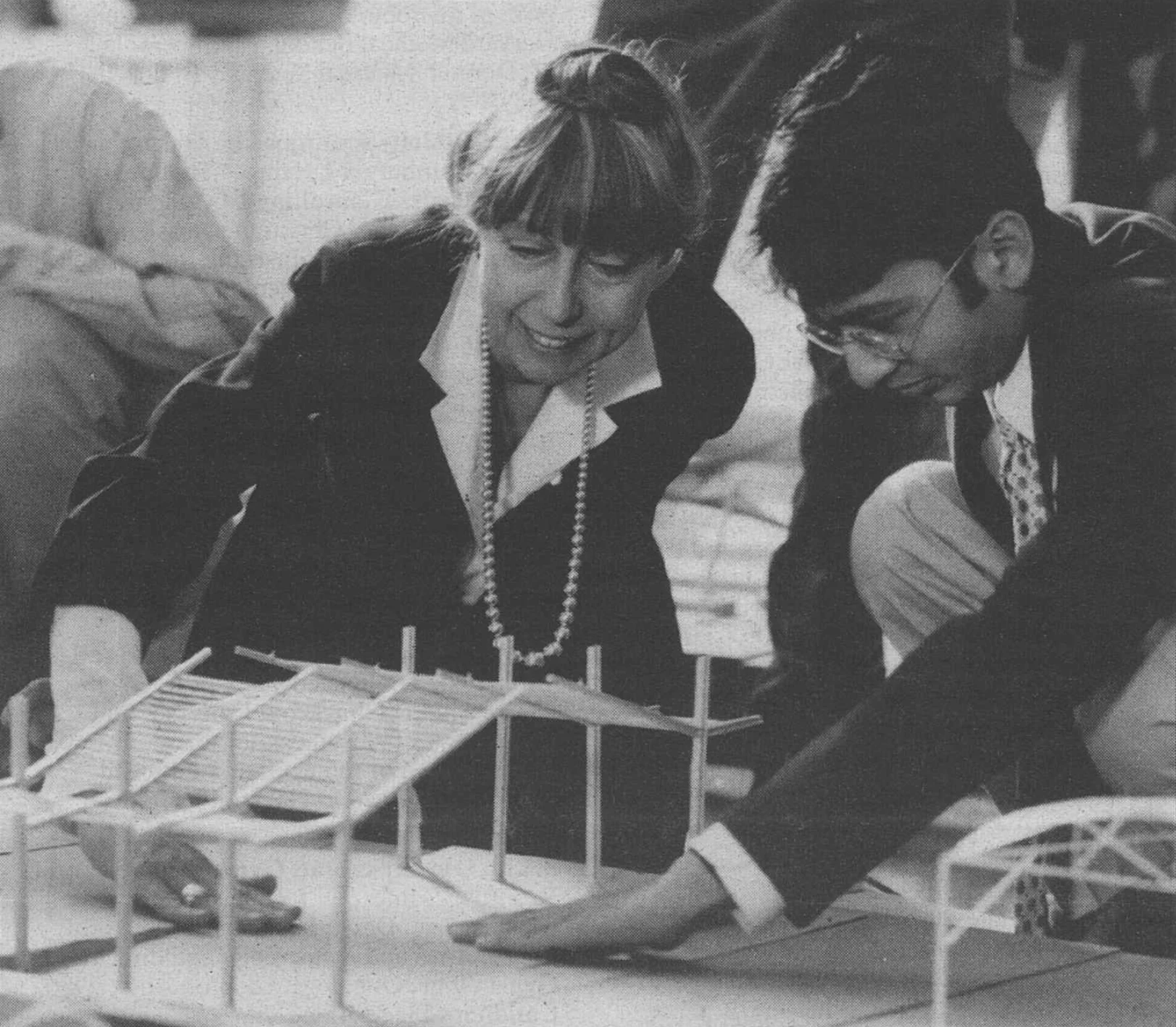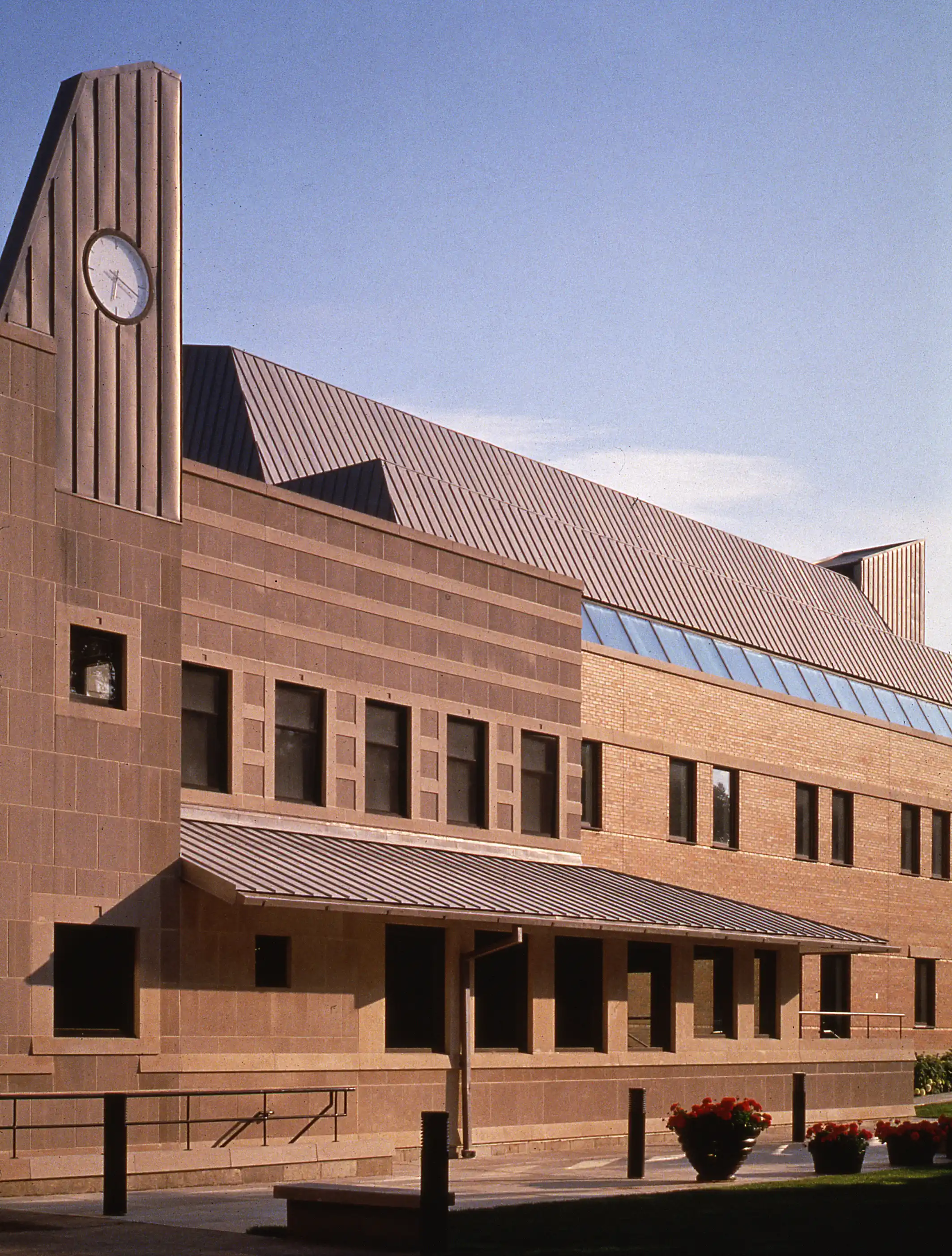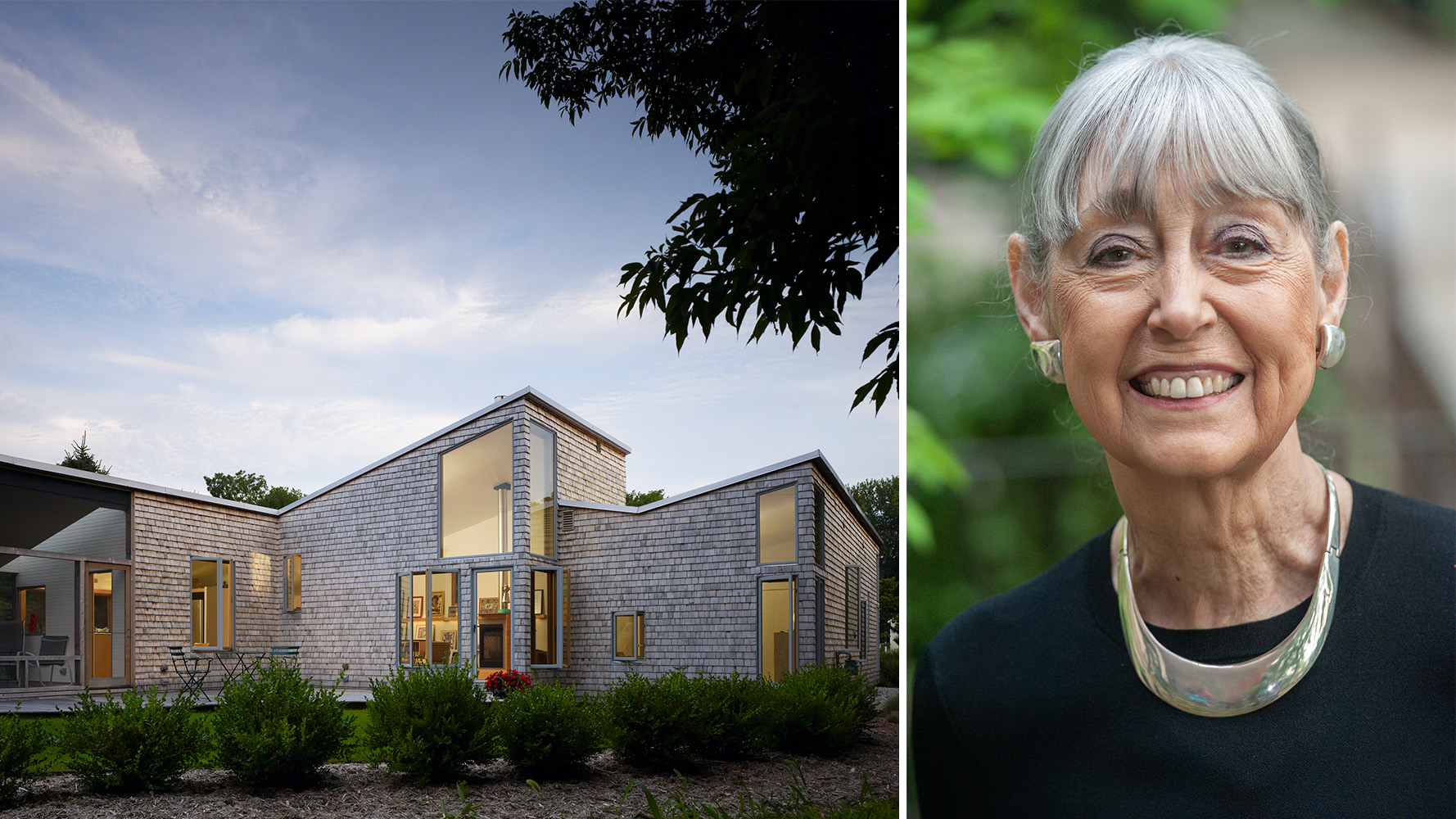AIA Chicago, the second-largest chapter of the American Institute of Architects, last night honored Cynthia Weese, FAIA, principal of Weese Langley Weese Architects, with the 2023 AIA Chicago Lifetime Achievement Award. For nearly 50 years, Weese has served the architectural profession as a reformer working to advance women in the field; as a design innovator in affordable housing, adaptive reuse, and educational facilities; and as an academic visionary. She was a later addition to the original all-male group known as the Chicago Seven, who supplanted rigid Midcentury Modernism through their design work and exhibitions. In 1974, Weese became a founding member of Chicago Women in Architecture, the groundbreaking forum advocating for women architects. Between 1993 and 2005, she served her alma mater as dean of the School of Architecture at Washington University in St. Louis, becoming the first woman to be a dean of any college there. She spoke with RECORD editor in chief Josephine Minutillo, who was a graduate architecture student at the school during the years that Weese served as its dean.
I’m glad you didn’t think it was unusual. I was, of course, honored to be dean, but it wasn’t unusual for me. There were about five or six women who were either deans or heads of architecture schools in the early 1990s, and, when I left, there were about the same number. When I went to WashU as a student, we started out with three women in a class of 80. The second semester there were two, and from then on it was just me. My classmates were like brothers. We didn’t compete on the basis of gender.
Later, in many cases, I was the only woman in construction. I discovered there might be tension between me and a contractor in charge who didn’t want to take advice or anything resembling an order from a woman. But the wonderful thing about architecture is, you have to make or renovate a building in a wonderful way, and that takes precedence over everything. The barriers break down.

Weese at Washington University in St Louis during her time as dean of the School of Architecture. Photo courtesy Weese Langley Weese
Not really. I was fortunate to have a slightly different upbringing from most people my age. Women were raised to be good homemakers. But I decided when I was 14 that I wanted to be an architect, and my parents thought it was great. I remember a woman backing me into a corner at a party and saying, “Didn’t anybody ever tell you that women can’t be architects?” And I said, “No.”
It was a time when people would say you’re taking a man’s place, but that did not happen in St. Louis, except maybe with one or two older professors who’d say I was just there to get a husband, which really annoyed me. But, actually, I did. I married Ben Weese, who was teaching there.
At that time, when a husband and wife practiced together, the wife was usually the office manager and took care of things so the “great man” could design. And I wasn’t going to let that happen.
Since Ben had been a teacher of mine, I did not join up with him for a while. I started practicing by myself as soon as I was through school in the early 1960s. I had a couple of clients, and I did a lot of renovations of old townhouses in Chicago. It was a time when people were just beginning to hire architects, and they were moving into the city and spending $30, $40, even $50,000 on a house and then they had maybe $10,000 to fix it up.
It was a mission. We didn’t call it gentrification. We were like urban pioneers, since people had been moving out of the city at enormous rates back then.

Chicago City Day School (1990). Photo courtesy Weese Langley Weese
I worked in the office of a landscape architect, Joe Karr, for a couple of years, and then I joined Harry’s office part-time and did my own work on the side. During a recession, when there was very little work in Harry’s office, Ben fired me!
I was furious and I started working completely on my own, where I found out that it was actually good. I learned that I could make enough money to support the family if necessary, if something happened. I had enough going on.
I did see people like Frances Halsband and Robert Kliment practicing together and I thought, “Okay, I can do that.” But I felt it was important for me to first establish my identity as an architect apart from Ben.
Then, a few years later, Ben left Harry’s office. I joke that I invited him to come and join me in my practice.
We started our firm in 1977. The idea was we would be small, and we would be at the other end of the phone when clients called. Ben had been president of Harry’s firm, and it was big! They had three offices and a hundred people in one and probably a couple of hundred in the others. Ben had very little time to do his own projects. When he left, he went to a meeting with a client and said, “I won’t be at any more meetings, I’m starting my own architectural office,” and the fellow said, “Are you an architect? I thought you were a lawyer.”
The really important thing was that we would do work for clients whose goals we shared. And so academia was certainly that, and low-income housing, and renovation. Those were principles that still, I think, continue to guide the office.
Ben has not been there for a while, and I am less engaged than I have been. I don’t participate in projects in the firm. I have done some work on my own within the office’s umbrella, but I’m not a daily participant in its affairs. I keep track, however.
He’s carrying the banner now. When I came back to Chicago from St. Louis in 2005, the idea was that Dan and I would work together and look for jobs in academia. And we were successful. He does a lot of work now at Northwestern, and we have had commissions from the University of Chicago. So the firm has been focusing on colleges and universities.

A New Leaf, Chicago (2002). Photo courtesy Weese Langley Weese
I had very little contact with Harry. We didn’t really engage much, aside from family dinners and going to the symphony and whatnot. I think it was good in that Ben provided advice and his presence as I went through the first years of practice.
No, not at all. There’s a generational difference in our age, since Ben is a decade older. There always are tensions, but he got it when he was about my age now. I will say that, when he submitted his AIA fellowship application in 1974, I read it and was astounded at all that he had built at that relatively young age—he was 45—and I thought, “My, God, I’ll never build that much.” Yet I probably did.
Well, I think you’re always designing, no matter what. A scientist, Herbert Simon, was really interested in the idea of design, which he defined as the act of making an existing situation into a preferred one. When I was dean, people would say, “Don’t you miss design?” and I said, “No, because I’m really designing a school.” You’re designing a curriculum, a faculty, et cetera. I did miss construction. When we were building something, I would walk around and smell the concrete and drywall, and I would think, “Oh, yes.”





